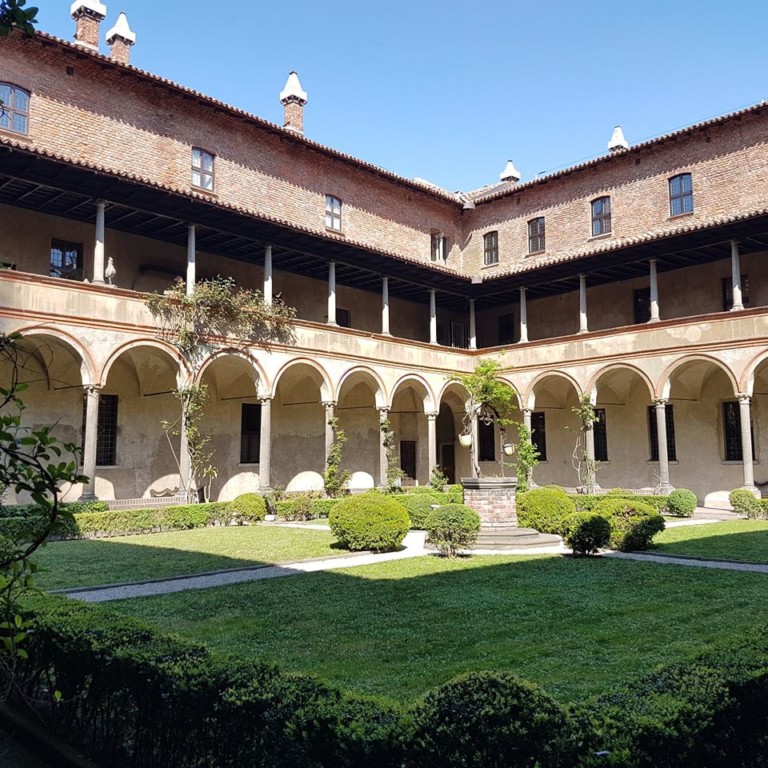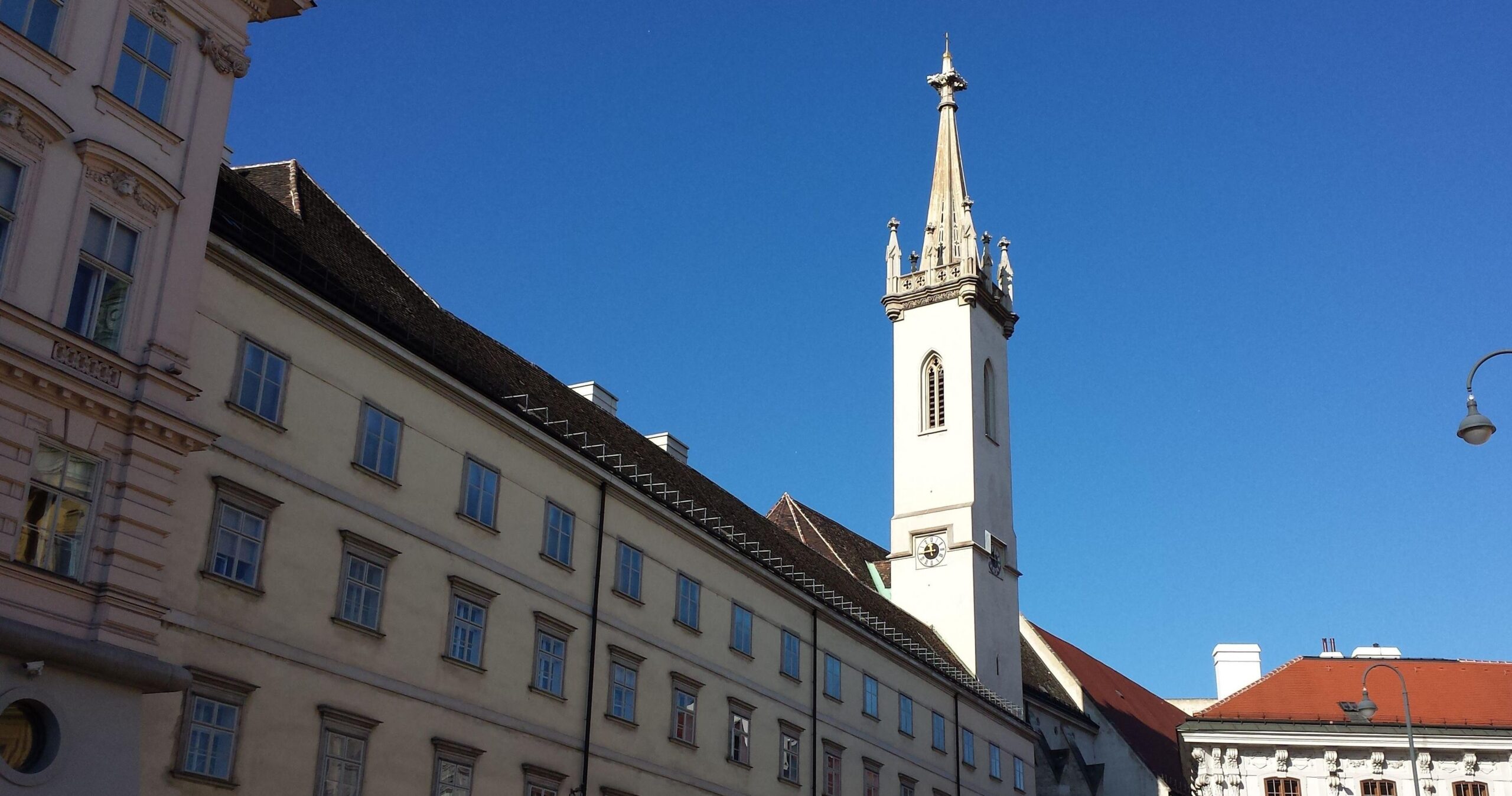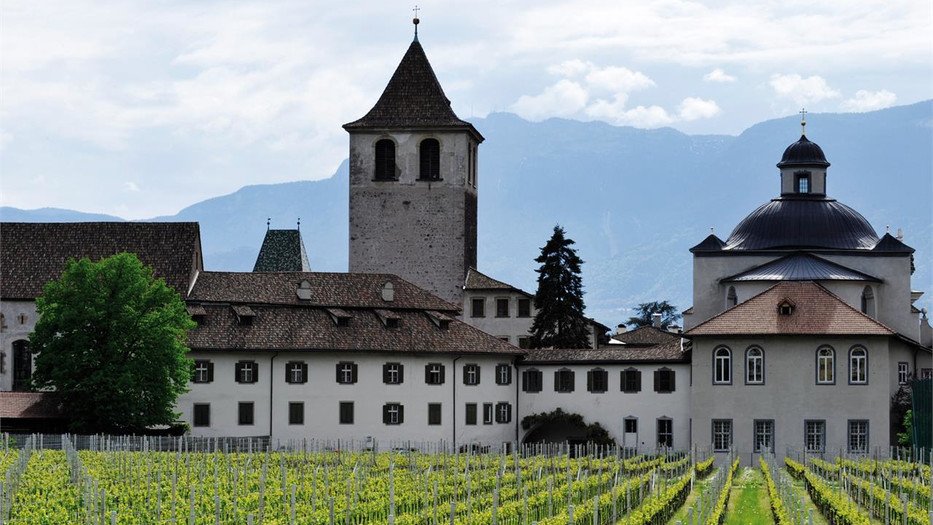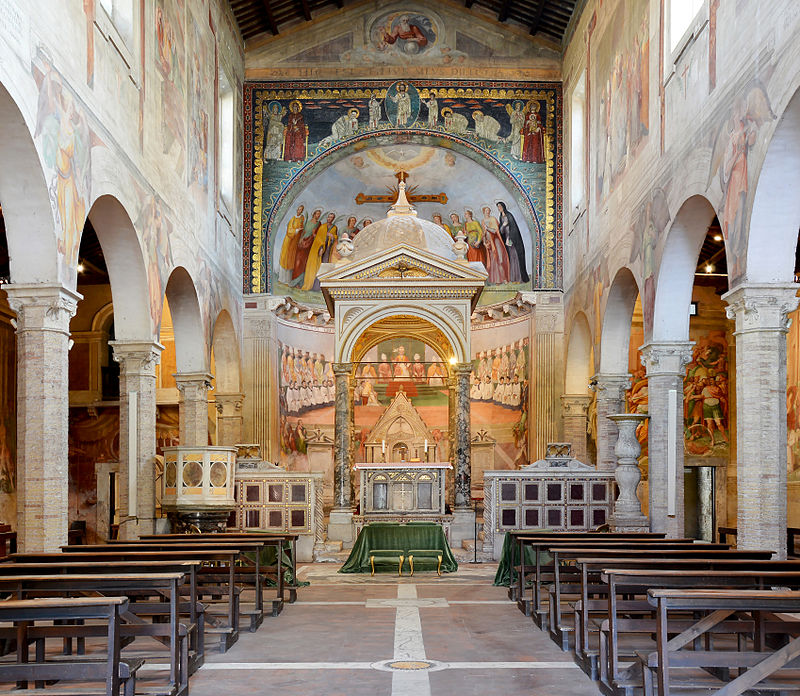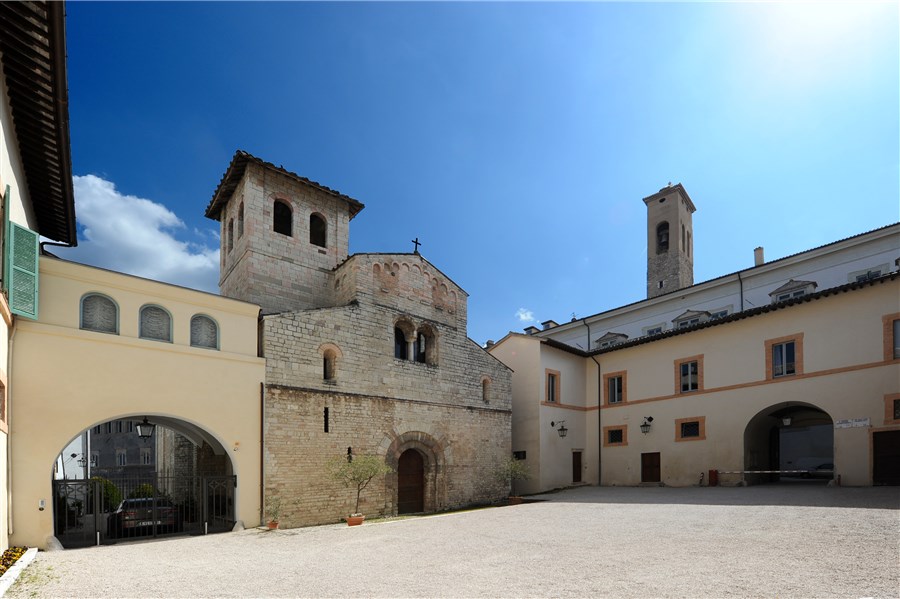A marvelous jewel is hidden inside the palace of via Cappuccio. The cloister dates back to the XV-XVI century and is composed of a portico with two orders formed by thirty-four columns. In 1923 the cloister and the palace have been declared national monuments.
the history of the cloister. Via Cappuccio in Milan – where this precious treasure chest is located – is one of the few streets in the city that still follows its original medieval layout. The Cloister today is the last remaining evidence of the former monastery of Santa Maria Maddalena al Cerchio, where from the early 1000s lived the nuns belonging to the Humiliati order, from which the street takes its name. The nuns, very numerous since the sixteenth century, were called “Signore Mosche” becauseé moving through the street made think of a swarm of flies in motion. They lived there until 1801 when, probably by order of Napoleon, the monastery was suppressed. This was the real dark moment of the complex: sold and used as a warehouse, it was divided into small apartments and largely demolished. Of the Church, for example, no trace remains. The Cloister instead, built in the eighties of the fifteenth century, had a better fate, managing to resist the time and the changes of society.
A happy example of union between the Lombard architectural tradition and the Florentine lesson imported by Bramante and Filarete; as the art historian Manuela Alessandra Filippi has defined it, the Cloister has regained a form as similar as possible to the original thanks to a great restoration work carried out after 1915.
